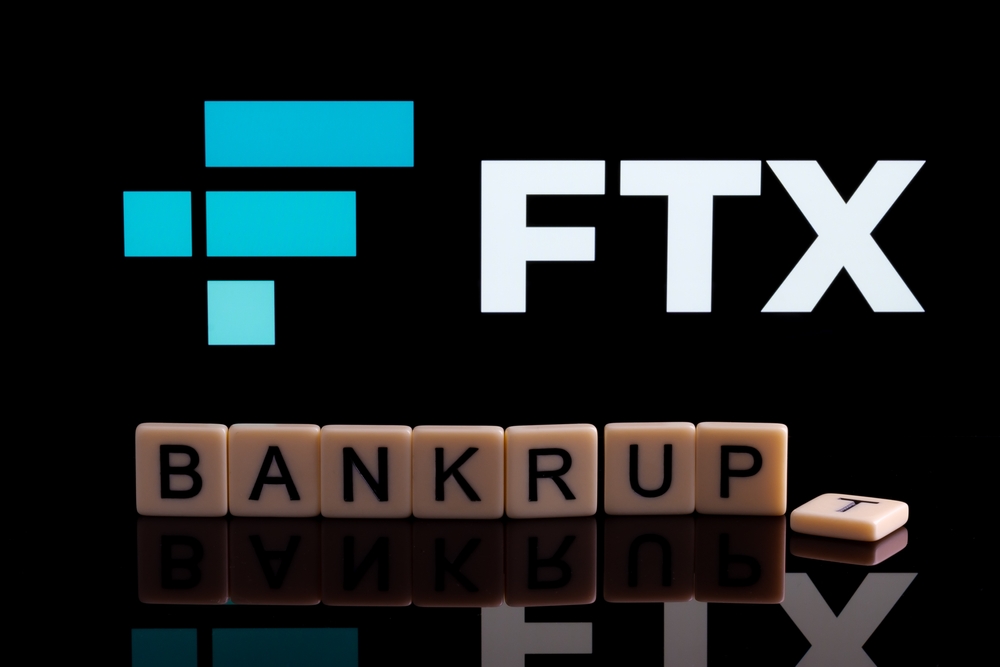Crypto exchange FTX began repaying the major creditors $11.40 billion, guided by the 2022 crypto values despite the substantially higher prices.
- FTX begins $11.40 billion payout to creditors
- Creditors will benefit from claims based on November 2022 prices when BTC was valued at 80% less than its current value.
- Creditors with claims below $50,000 have received their payments.
- FTC has billions in fraudulent claims that could delay final distribution
- While the valuation dates attract controversy, creditors benefit from 118-119% cash payment.
Crypto exchange FTX has begun repaying claims owed to the major creditors nearly two and a half years after its sudden implosion in November 2022. The embattled company confirmed amassing $11.4 billion for cash distribution to claims above $50,000.
The repayment is a critical milestone in the bankruptcy process that traces to November 2022. The crypto exchange co-founded by Sam Bankman-Fried imploded following revelations of misuse in customer funds towards funding hedge fund Alameda Research.
The administrators indicated that the minor claimants who owed $50,000 were the initial beneficiaries. 98% of the smaller creditors have received their funds two months after the distribution plan’s activation.
The bankruptcy attorney, Andrew Dietderich, affirmed the payment timeline in his court submission this week. The latest distribution targets the more significant creditors comprising institutions and investment firms.
Recovery From Collapse to Repayment
FTX has navigated several hurdles to begin its repayment process. Bankruptcy Judge John Dorsey approved the payout plan when submitted in October 2023 to allow the claimants to receive their funds.
John J. Ray III’s input as CEO has enabled FTX to navigate the challenging journey, given his previous involvement in handling Enron’s dissolution. His experience has aided the asset recovery efforts as the team at FTX has $14.7 billion to $16.5 billion assets accumulated from liquidating stakes in property holdings, digital assets and tech companies.
FTX Repayment Plan
The successful asset recovery by Ray III’s team has seen FTX surpass the $11.2 billion liabilities. The restructuring plan allows creditors to attain 118-119% claim value.
Creditors have expressed dissatisfaction with the approach adopted to calculate the claims. The crypto holdings are based on November 2022 prices when BTC changed hands at $16,000 – $21,000. However, the Bitcoin value has surged 500%, trailing Solana, which is 650% up, while XRP has also registered a 450% gain.
Sunil Kavuri, who represents the largest creditor group, expressed mixed feelings regarding the repayments. He indicated the repayments would bring closure to the horrendous ordeal. The repayment is based on petition date prices, denying the holders full recovery in digital asset prices.
Several creditors expected repayment via crypto and not cash. This has prompted others to pursue litigation and petition the crypto-denominated repayments. The possibility of succeeding in this petition is low since Judge Dorsey approved the cash settlements.
The FTX estate is battling overwhelming questionable claims. Dietderich admitted that inflated submissions were fraudulent. Resolving the disputed claims has become urgent since creditors accrue 9% interest annually on the claims. This presents an incentive for FTX to honor the repayment process quickly.
The bankruptcy team revealed that Egypt, China, and Russia were excluded from the present payment plan. However, the bankruptcy team indicated they would review the options for the affected creditors.
Need for Protecting Customers
Meanwhile, Bankman-Fried is facing 25 years behind bars following his conviction in March 2024. The court directed the disgraced founder to pay a $11B penalty.
The FTX bankruptcy resolution constitutes the largest insolvency distribution. The case has prompted support for clearer crypto regulations to shield investors and allow innovation.
The repayment shows a positive step towards rebuilding the trust within the crypto industry. Still, it presents a reminder of risks attributed to the crypto asset volatility and poor management.








